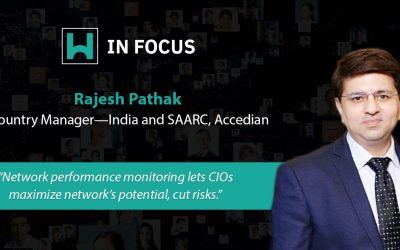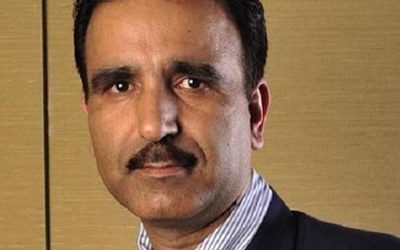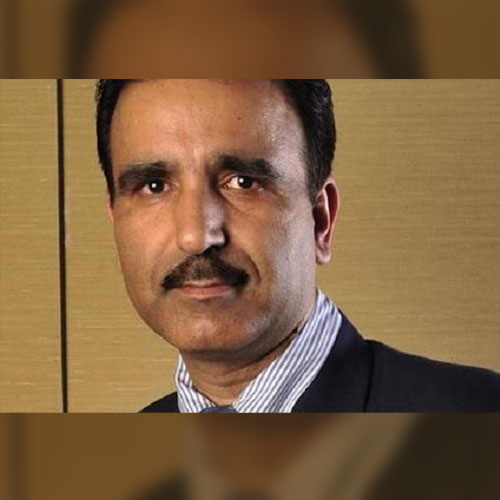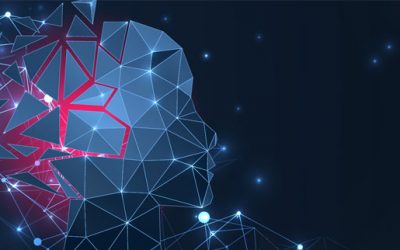Over the last few years, the industrial internet of things (IIoT), as a key constituent of Industry 4.0, has gained much ground, transforming how businesses manage their manufacturing operations. IIoT includes several advanced technologies such as artificial intelligence (AI), analytics, and blockchain to help enterprises move towards lean manufacturing and automated processes. Now, with the advent of 5G, the potential of IIoT could be harnessed even better.
5G has so far largely garnered attention in the consumer market. However, the capabilities of 5G are increasingly recognized in various business markets. There has been a greater push from organizations as well to democratize the availability of digital, especially in the wake of COVID-19 related disruptions.
With reduced latency and blazing speed, the fifth generation of wireless technology has an enormous potential to bring agility, speed, and mobility to many conventional strategies in areas such as predictive maintenance, demand forecasting, and anomaly detection. (See: Telcos eying the edge opportunity for 5G growth)
Need for reliable power
The majority of IIoT use cases are currently based on wired connections, which are insufficient to address manufacturers’ various sensitivities. The quality and dependability of connectivity determine the success of any implementation. Modern production units primarily use Wi-Fi technology to support IoT connectivity, which consumes a lot of power and relies heavily on stable wired connections for backhaul and data offloading. There are limitations to the legacy networks that affect the scaling-up of the manufacturer’s digital transformation goals.
For instance, large-scale IoT transformations cannot be entirely dependent on Wi-Fi. Even cellular technologies such as 2G/3G and LTE are either slow, have latency issues, or use large amounts of energy to support IIoT. This is where a technology such as 5G could be a gamechanger!
When propelled with 5G speed and AI-based analytics, manufacturers can predict problems, analyze them in real-time, and minimize production downtime.
5G enables manufacturers to build high-precision assembly lines where all IoT devices and robotic processes could be perfectly in sync with each other, on a real-time basis. According to Wipro, one of India’s top IT Services firms, due to the high capacity, wireless flexibility and low-latency performance of 5G, IIoT deployments in the manufacturing segment stand to gain considerably. 5G has the potential to enable high-speed connectivity without the cost and complexity of fiber optic cables. And this makes 5G a natural choice for high precision manufacturing environments.
In addition to providing a robust network, 5G’s built-in security features can also help manufacturers integrate covered layers into the basic network architecture and ward off security issues if any.
Not without challenges
Swedish telecom equipment maker Ericsson, while agreeing with the superior capabilities of 5G to support different manufacturing use case, raises a pertinent challenge of a disconnect between three perspectives among manufacturers: the understanding of cellular capabilities, how they enable different digital solutions, and finally how these solutions address manufacturers’ actual pain points.
Besides bandwidth, the other major challenges that any IIoT deployment faces is interoperability, lack of compliance on the part of IoT manufacturers, and limited user awareness. In 2021, as we see 5G rollouts expanding in major countries, telcos worldwide would explore various collaboration routes to address the above-listed issues as well.
Globally, mobile network operators such as AT&T, Deutsche Telekom AG, Sierra Wireless, China Mobile, Verizon have been collaborating with manufacturers to test and showcase 5G capabilities for IIoT manufacturing and improve the overall factory environment.












0 Comments